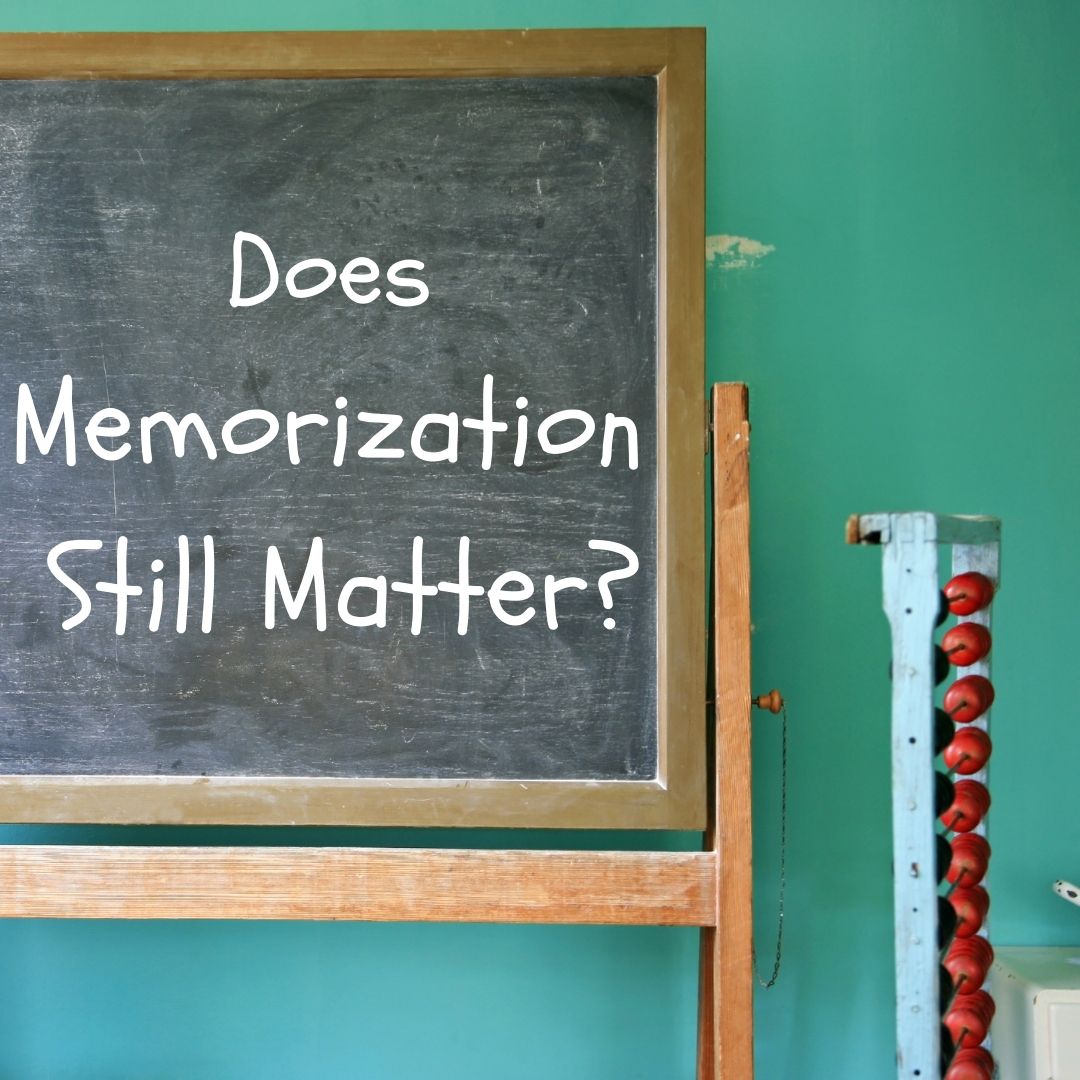Attention-Deficit/Hyperactivity Disorder, commonly referred to as ADHD, is the most studied condition in childhood. Statistics show that nearly ten percent of children ages two to 17 in the United States have been diagnosed with ADHD. While this condition is widely studied and diagnosed, it seems to remain clouded by misunderstanding and misconceptions by the general population and is, in fact, under diagnosed.
Working Towards a Definition of ADHD
Put simply, ADHD is a condition where people have inattention and/or hyperactivity/impulsivity to a degree that is persistent (over time), present in more than one setting, and interferes with functioning. A childhood condition of impulsivity and hyperactivity first appeared in the American Psychiatric Association's Diagnostic and Statistical Manual (DSM) in 1968. In the 1980's, this condition was divided into two separate diagnoses: Attention-Deficit Disorder (ADD) and ADHD. As time progressed in the 1990's, researchers realized it is the same condition, under the same umbrella, with different sub-types:
- Inattentive sub-type -- characterized by difficulty paying attention with no prominence of hyperactive symptoms, even when it is a task or activity one enjoys.
- Hyperactive and Impulsive sub-type -- characterized by difficulty sitting still. This is the rarest of the sub-types.
- Combined sub-type -- displays intermixed symptoms of inattention and hyperactivity/impulsivity. This is the most common sub-type.
Distinguishing ADHD from Typical Behavior
The behaviors associated with ADHD (hyperactivity, inability to pay attention/stay on task, impulsivity, etc.) are all on the spectrum of typical human behavior and experience. All people--especially children--can be prone to being off-task (especially when an activity is perceived to be boring), have difficulty sitting still sometimes, have trouble waiting their turn, and more. But when many or all of these behaviors are put together, are persistent over time and different circumstances, and cause great difficulty for individuals and their loved ones, this may indicate a disorder. It all boils down to dysfunction. If combined behaviors are persistent and consistent patterns that interfere with function while causing distress, that leads to dysfunction.
A Family Affair
Research demonstrates that ADHD is a highly heritable genetic trait. That is, if ADHD is present in a parent (diagnosed or undiagnosed), it is likely this will be passed down to their children. Not only is ADHD a genetic trait, it also can have a significant impact on family relationships and dynamics, including marital dynamics and siblings. Siblings of individuals with ADHD are much more likely to also exhibit symptoms on top of experiencing the emotional impact of the strained family dynamics.
Common Misconceptions About ADHD
As previously mentioned, ADHD is still under diagnosed, and that may be in part to common misconceptions about what it is and is not.
ADHD is the kid that's bouncing around the room.
While ADHD is, by definition, characterized by inattention and/or hyperactivity/impulsivity, it is complex. A big component of ADHD is executive function--one's ability to plan, structure time, organize, work collaboratively, turn things in on time, and more. Yes, someone with ADHD may tend to bounce around the room, but they may also struggle with daily tasks, have poor planning, struggle to pace themselves for tasks with multiple steps, and more.
ADHD is a childhood condition--it will go away over time.
ADHD is not something that is fixed with proper diagnosis and treatment; it is a condition that typically persists into adulthood. There are many ways to help individuals with ADHD (counseling, academic intervention, medication, etc.). Rather than trying to fix it or hope it will go away, ADHD is something that an individual learns to cope with and develops strategies to help themselves become more successful.
ADHD is a condition of school/academics.
Parents sometimes write off a child's persistent inattention and/or hyperactivity/impulsivity if their child continues to do well in school. A child with ADHD may perform well in school, but the amount of energy and resources they have to pull together to do as well as they're doing may be having negative consequences under the surface. It may be causing them a great deal of anxiety as they try to perform well in the midst of their struggles with executive function, hyperactivity, etc.
The psychosocial impact that ADHD can have on an individual can be toxic. What it does to a person's sense of self to always feel a day late and a dollar short, to constantly be letting people down, forgetting something again, leaving something behind--all of these factors can develop into a pervasively negative view of the world and one's lived experience.
Getting Help for ADHD
If a parent has concerns about their child's persistent and consistent behaviors of hyperactivity, inattention, and or impulsivity, and it is affecting their functioning, there are multiple routes available for getting help. Depending on the areas of life of greatest concern and the desired treatment options, parents can seek help from:
- Pediatrician/private medical provider -- Medical providers can determine an official medical diagnosis of ADHD (which opens up the possibility of treatment with medication).
- School system -- Though a school system cannot provide a medical diagnosis of ADHD, they can provide an educational diagnosis that would make intervention services and additional academic supports available to a child that is struggling.
Since ADHD is the most studied childhood condition, treatment options for it are also widely studied and well-developed. If a child and/or family is experiencing difficulty that may be due to ADHD, help and hope are available.
[Editor's Note: This blog post was adapted from portions of the "Navigating Your Child's Education" podcast episode "Does my child have ADHD?," a conversation with pediatric psychiatrist Dr. Dale Richards, secondary school Intervention Specialist Katelyn Geisler, and school psychologist Samantha Leeman. Catch the entire conversation here.]
/Logos/Horizontal%20Academic%20Logo%20for%20Light%20Backgrounds.png)
/Logos/Horizontal%20Academic%20Logo%20for%20Dark%20Backgrounds.png)



